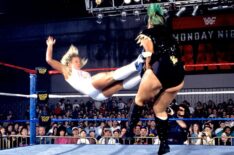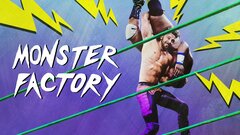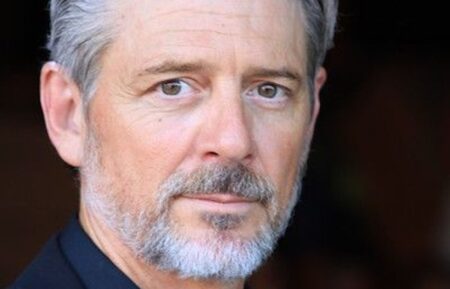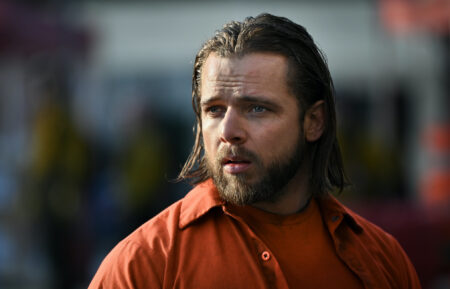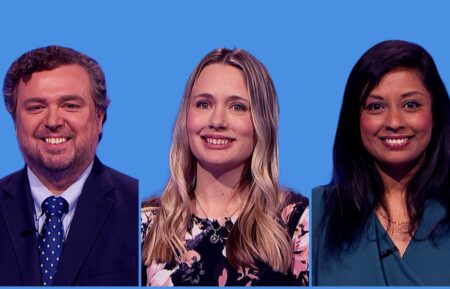How ‘Monster Factory’ Wrestling School Docuseries Shows ‘Vulnerable’ Side of Sport
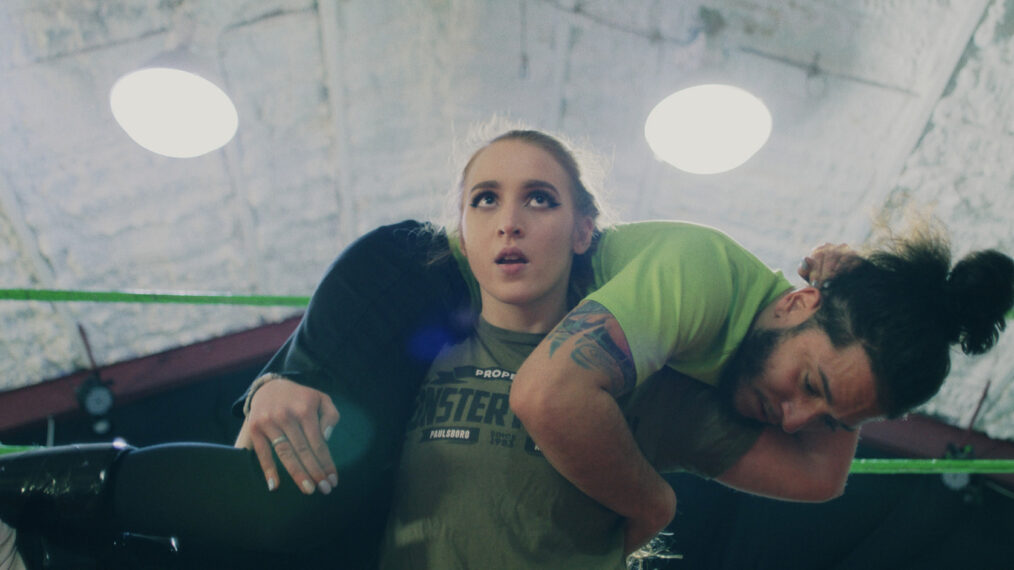
Q&A
When finding out something called Monster Factory is coming to Apple TV+, you may think by the title it’s a new series involving Frankenstein. That wouldn’t be totally wrong, as much like the horror character, pro wrestlers are also created to be larger-than-life figures.
The six-episode docuseries focuses on students at the Monster Factory wrestling school in New Jersey. Gabriella “Gabby Ortiz,” Lucas “Twitch” Disangro, David “Goldy” Goldschmidt, Amelia “Notorious Mimi” Herr, and Hurley “Bobby Buffet” Jones Jr. come from varying walks of life but have the same goal of making it to the rings of WWE, AEW, or another major company.
And one who has made it his life’s work to help these aspiring grapplers get their big break is Danny Cage. The retired pro wrestling and the owner took over the Monster Factory from the late veteran Larry Sharpe more than 10 years ago. Cameras are also there as he powers through his own personal struggles managing family stresses while keeping his business afloat.
Here Cage reveals what got Apple TV+ interested in Monster Factory and the stories that will unfold.
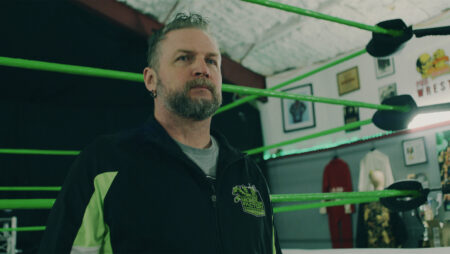
How did the show come about?
Danny Cage: It was a long process. It got started before there was even an Apple TV+. It started in 2015 when a photographer contacted us to get some pictures done and a portfolio, to show their work. It worked out so well that they connected us with their bud who wanted to do a mini-doc on us. It turned into a 16-minute mini-doc, which got buzz. We decided to shop for this concept for the show. Nobody was ready to pull the trigger until Jeremiah Zagar showed interest in 2018. That was a pivotal moment because here is this serious documentary maker. Right before the pandemic, it was we’re doing this, but can’t now….Fast forward to July 31 last year, I got the call that we have a show. I still can’t believe it’s happening.
It’s a great show for those who are fans, but it can be really eye-opening for those who don’t watch pro wrestling too. A lot of that comes down to the students’ relatable stories. How was it deciding who to feature?
The producers already knew Twitch. They knew about Gabby, and they knew Mimi from visiting all the time. We threw all these names out. They started interviewing people and whoever popped up and had the best story was the one. They didn’t pick outrageous characters. They wanted real stories. We wanted vulnerability…If I was going to make this show myself, I don’t think I would change anything they did. It’s freaking amazing.
Speaking of vulnerability, you have your family involved. You go into your upbringing, injuries that cut your in-ring career short, and even your mom battling cancer. How was it for you to open up so much?
My whole life I’ve never held back what’s on my mind. That’s a blessing and a curse because a lot of people don’t want to hear what’s always on my mind. During the pandemic, I did a lot of reflecting and therapy. It just made me think I got to throw it all out there and let people know what I’m going through because I try to protect my students and family, but who is protecting me?… There is this stigma with crying that it’s bad, but it’s pretty normal now. The journey was tough. But I don’t regret any of it. It was like therapy for me. In many ways, I don’t think I would have been able to go through what I did without the TV crew there and students there. It was an awesome experience, even though it was a tough one.
Thanks to social media and easier accessibility to view content, there are many avenues to get noticed in pro wrestling these days. Is it easier now to break through?
It depends. Everything goes through cycles. Right now, we are in the GIF cycle of wrestling where people get buzz for a little GIF. You may not know anything about them, but they will get 5,000 hits within five minutes. Some kids are like, “That’s what I need!” I tell them, “No, it’s not. You just have to put in the work and show what you can do. It’s consistency, marketing, and branding. We have all these tools that you can use to market yourself now. It’s so easy. Back in the day, you had to know someone who knows someone to send out that envelope with the VHS tape. It’s great but a lot of times I think the scouts are confused because they are going by what the internet is interested in, which is a small part of the audience. Most of our fans don’t even have social media. I think the tide and true way is consistency and marketing yourself as a business and brand.
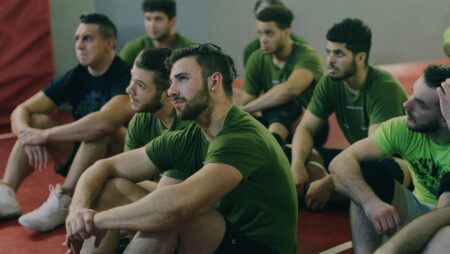
Who would you say are your most proud success stories?
I think the coolest thing about the Monster Factory is I was training with [WWE’s] Damian Priest and [AEW’s] QT Marshall. I started in 1998 with them starting a few years later. After buying it and them coming in as coaches later on and then seeing them have success. It is unbelievable because we were peers and helping each other The first student ever I got signed to contract was Steve Maclin is over at Impact. There are those three that are very special. I’d have to say the ones I’m hanging my hat on now are two of my youngest Mimi and Goldy. Mimi started at 14 and Goldy at age 17. We took them from children and made them into pro wrestlers. We started them from scratch and got them going.
What do you think separates this docuseries from any other pro wrestling docs and reality shows out there?
That it’s real. That’s it. There were no cutting corners, bull crap involved, and no let’s make up a story. No, let’s cause some drama like introducing alcohol, and see if they’ll fight. It was let the camera roll and see what happens. That’s what I love the most about it. I think non-wrestling fans are going to gravitate toward that the same way, say, Ted Lasso. I’d never watched soccer before and I just discovered this after our show was in the same place. Now I’m hooked. We hope for that here.
Monster Factory streams, March 17, Apple TV+

